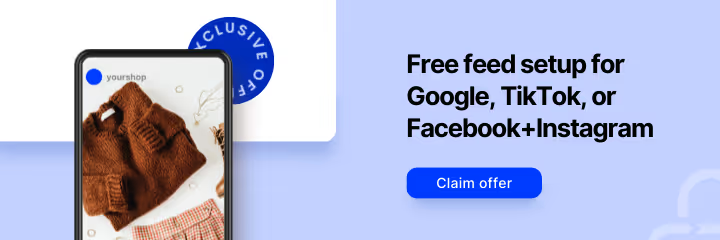Both Amazon and eBay have been around for a long time. Both have great name recognition. Both have millions of customers. And both offer you opportunities to increase your products’ exposure and sales.
But despite their other similarities, best practices for marketing on each of these sites can be quite different. It comes back to a difference in philosophy.
Amazon is all about the products and making it as easy as possible for consumers to quickly find what they’re looking for.
If you are looking for a specific model of headphones on Amazon, the results will turn up on one page. Simple and straightforward for buyers.
How does this work when there are multiple merchants selling the same product? All merchants market themselves on the same page. If you have the best price for that item and the best selling history, you get the “buy box.” This means that you get the sale if someone clicks “add to cart” from the main product page. Other sellers? They get the smaller ads on the side.
eBay, in contrast, considers itself more “seller focused.”
When someone searches for that same pair of headphones, results will show up for every single seller. Buyers have to scroll through the results and choose a specific seller’s listing. There are not “product pages,” but rather “seller pages.”
Does this mean that eBay is better for merchants than Amazon or that marketing there is easier? Not at all. You just have to understand the best practices for each marketplace in order to maximize sales.
Differences in How to Market Your Products on Amazon and eBay
eBay
1. Use the power of cross-promotion.
eBay won’t let you link to an external website. You can’t mention your brick and mortar business. But you can encourage people to go to your other auctions. So link to your seller page in your product description, and tell people about those other auctions in big, bold, bright text.
2. Opt for add-ons.
You can create a basic listing for next to nothing. But if you want more people to find it, you can add extras for a nominal fee: more pictures (the first one is free), a bold title, a listing design, and more. There’s even a value pack that lets you buy multiple add-ons for a lower price.
3. Choose your time carefully.
When creating an auction listing, time matters – particularly when the auction is set to end. You want it to coincide with a time when eBay gets a high amount of traffic, because the most bids tend to come in the last few minutes.
4. Add multiple categories.
Not sure where your product fits? Want to make sure it’s seen by the highest possible number of searchers? Choose multiple categories. A word of caution, though – eBay multiplies all your other fees by the number of categories you choose.
5. Use eBay’s newsletter feature.
Merchants on eBay have the option to create a newsletter and get people to sign up for updates and announcements about your listings.
6. Try eBay-compatible marketing apps.
You can find a whole host of marketing apps that work with eBay to dress up your listings and help you market them in numerous ways. The best part – eBay lists them for you!
Amazon
1. Be Prime Eligible.
Adding that little “Prime” logo next to your product makes Amazon customers far more likely to buy from you. Why? Because it guarantees 2-day shipping and a whole host of other benefits.
2. Seek out reviews.
Not only are people more likely to buy from a merchant that has glowing reviews – great reviews make it more likely that they’ll actually see your offer in the first place! Remember, the better your selling history is, the more people will see your offer.
3. Fulfillment By Amazon.
One huge part of selling history is being able to deliver products on time. You don’t necessarily have to use FBA to do this, but it’s kind of like having an automatic gold star next to your seller history.
4. Sell!
The more you sell on Amazon, the more they will help you sell by giving you a bigger share of the buy box. Log sales quickly by lowering prices temporarily or selling products with less competition. Keep in mind, though, that you will not be able to create a completely unique listing – even if your product doesn’t currently exist on Amazon – unless you get a Professional Seller Subscription.
5. Use discounts and promotions.
Once someone buys something from you on Amazon, you have the ability to send them special offers and discounts to encourage them to choose your products again.
Remember not to just focus on the marketing differences between the two marketplaces. While they certainly exist, there are still a number of things that apply to both:
- Listings should be detailed, up-to-date, and as accurate as possible.
- Pictures need to be high-quality and focus on the product.
- The categories you choose and the keywords you use matter.
- Both places allow you to pay to have your products featured in some way, shape, or form.
- You have to pay attention to customer communication and respond quickly and in a way that is helpful.
- Negative feedback can destroy your reputation.
- Shipping issues can derail your sales.
- And so on.
Master those things first, because they will help you to sell products no matter which online marketplace you’re using. Once you’ve got a handle on the basics, take a look at your sales and determine where and how much you want to invest in individual marketplaces to improve.





%20).webp)